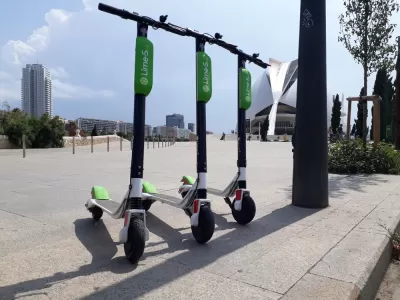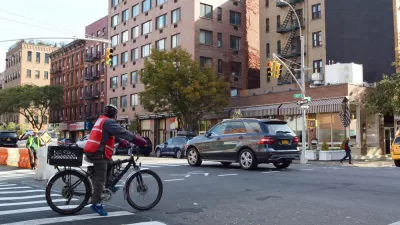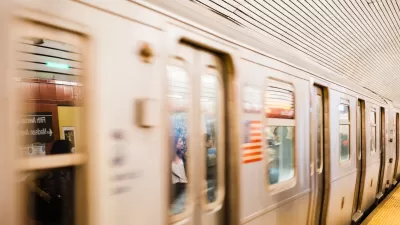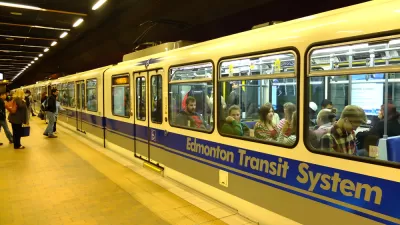Decreased public transit ridership is bringing some transit agencies to consider partnerships with micromobility corporations.

The micromobility industry took a hard hit in 2020 when the onset of the coronavirus pandemic influenced people's attitudes towards shared forms of transportation. Now, only months later, aversions and patterns of behavior are beginning to shift back in the favor of scooters and electric bikes. Patrick Sisson reports that micormobility could come back even stronger than before. "A notably different transit landscape may make the appeal of micromobility more durable. The need for additional space and new transit options in a socially distanced world has galvanized city leaders to rapidly designate car-free streets and create additional bike lanes," writes Sisson, referring to the nearly 1,600 miles of new bike lanes added during the COVID-19 lockdown around the globe.
When a recent IBM survey found that 20% of transit riders would not return to public transit, increasing attention turned to public-private partnerships between transit agencies and micromobility corporations. Sisson offers the example of Dayton, Ohio, where the city's transit agency runs operations for scooter rental company Spin. Partnerships like these could occur much more regularly as average trip lengths on scooters and electric bikes increase beyond last-mile mobility and ridership of public transit decreases.
FULL STORY: Battered by Coronavirus, Micromobility May Have Route to Revival

Planetizen Federal Action Tracker
A weekly monitor of how Trump’s orders and actions are impacting planners and planning in America.

Congressman Proposes Bill to Rename DC Metro “Trump Train”
The Make Autorail Great Again Act would withhold federal funding to the system until the Washington Metropolitan Area Transit Authority (WMATA), rebrands as the Washington Metropolitan Authority for Greater Access (WMAGA).

DARTSpace Platform Streamlines Dallas TOD Application Process
The Dallas transit agency hopes a shorter permitting timeline will boost transit-oriented development around rail stations.

LA County Creating Action Plan to Tackle Extreme Heat
Los Angeles County is creating a Heat Action Plan to help communities stay safe during extreme heat, with steps like adding more shade, improving buildings, and supporting the neighborhoods most at risk.

Maryland Plans Quick-Build Complete Streets Projects
The state will use low-cost interventions to improve road safety in five Maryland counties.

Downtown Los Angeles Gears Up for Growth
A new report highlights Downtown L.A.’s ongoing revival through major housing projects, adaptive reuse, hospitality growth, and preparations for global events in the years ahead.
Urban Design for Planners 1: Software Tools
This six-course series explores essential urban design concepts using open source software and equips planners with the tools they need to participate fully in the urban design process.
Planning for Universal Design
Learn the tools for implementing Universal Design in planning regulations.
City of Charlotte
Municipality of Princeton
Roanoke Valley-Alleghany Regional Commission
City of Camden Redevelopment Agency
City of Astoria
Transportation Research & Education Center (TREC) at Portland State University
US High Speed Rail Association
City of Camden Redevelopment Agency
Municipality of Princeton (NJ)





























